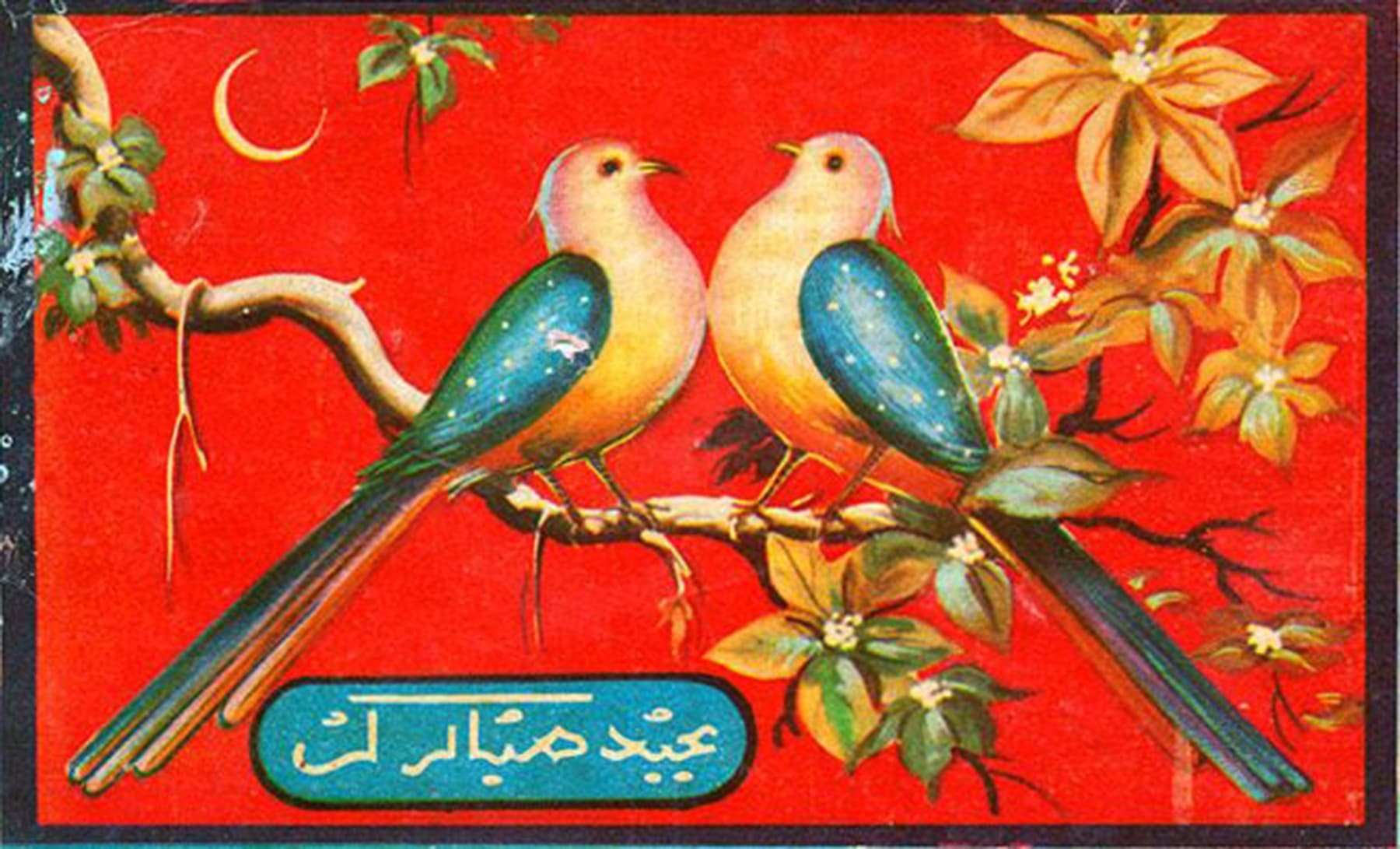
While much remains the same when it comes to traditions of eid, there is a lot that has changed

A wave of nostalgia grips most of us when we reminisce about eid of bygone years.
The countdown to eid would begin the day the Ramzan moon was sighted. As children, we would go out in the garden or on the roof and try to catch a glimpse of the moon on chand raat. Thereon the preparations would begin.
The sewaiyyan, the sheer khorma, the mehndi, the glass bangles, the trolley set for guests, the giddy excitement whenever the bell rung, the eidee…eid was festivity at its best.
Eid is the highlight of the year for so many of us. Or is it? While much remains the same when it comes to traditions of eid, there is much that has changed.
For starters, on eid one could just go and ring a relative or neighbour’s bell, go in for a treat, and enjoy. There was an excitement in the anticipation of who would come to visit. However, over time the concept of "Open House" was introduced. There is now a specific time on which the doors open to guests. If you miss that time window, it is unlikely that you will get a chance to go there again.
Faster times. A faster world. Another thing that has changed is the practicality. If we have met someone on the first day of eid as they visited you or met you at your grandmother’s, we no longer want to meet the same people again by visiting them, unlike the earlier culture of exchange visits, where if someone visited you, it was a must that you also visited them.
There are also lesser of the big, gigantic eid get-togethers at the homes of the elders of the family, simply because families have grown and multiplied, house help is less readily available or affordable, and quite frankly it’s too much work for the overworked daughters-in-law or daughters who used to be doing the tough work of pulling off lunches for 80 people every eid. Yes, our societal dynamics are in flux, if not completely altered.
Some 20 years ago, girls were so conditioned to put mehndi on their hands for eid that it never even occurred to them that eid could be without mehndi. From the crushed raw henna leaves era to the chemical-filled henna cone era, and now to the glitter-filled henna tattoos -- henna still remains a part of the eid tradition. But many no longer choose to have it applied. Some find it itchy, others don’t like the smell, and yet others feel it looks very unprofessional to go to office the 4th day of eid with henna peeling off one’s palms.
Some things may have changed for the better, though. While a majority of women still don’t get why they should also go to the mosque for eid prayers, mainly because their men still don’t get it, there is a growing number of Pakistani women at least in the major cities that do go for eid namaz. I happen to be one of them and I can say safely that it is a beautiful experience that acts like a bridge between Ramzan and the rest of the year.
In the absence of going for eid namaz, the spirituality and the connection with the Creator one has inched towards in Ramzan is suddenly lost on eid morning, and eid becomes just another day, barring the eating and meeting and dressing up.
As for eidee, it still remains an intrinsic part of eid, and children (they could be in their 40s for all you know) look up to their elders in the hope of that coveted envelope. However, in earlier times one would give eidee to any and every younger person one met. Now parents have become smarter and more calculative. They have separate lifafas (envelopes) for those who give to their children generously, compared to those who give smaller sums.
Read also: Eid with Maria
But perhaps the most obvious change is that so many of us use eid holidays for vacationing. With the number of Pakistani expatriates increasing by the minute, and a few family members travelling on eid for vacationing, there is that void that not having one family member leaves for the rest, especially on happy occasions. Add to it that many parents can be seen complaining that their children sleep it out on the eid day.
But there are some beautiful traditions of eid that continue to date. Giving (starting with the fitranah), feeding (the sewaiyyan above all), sharing (eidee is sharing money, isn’t it), reconnecting with relatives, looking good, feeling good, and celebrating having gotten the opportunity of another Ramzan. It is hoped that this -- the real spirit of eid -- will survive the test of time.